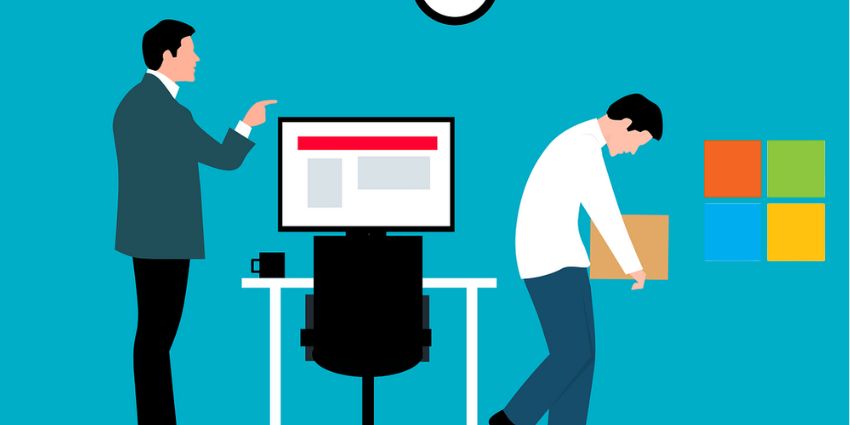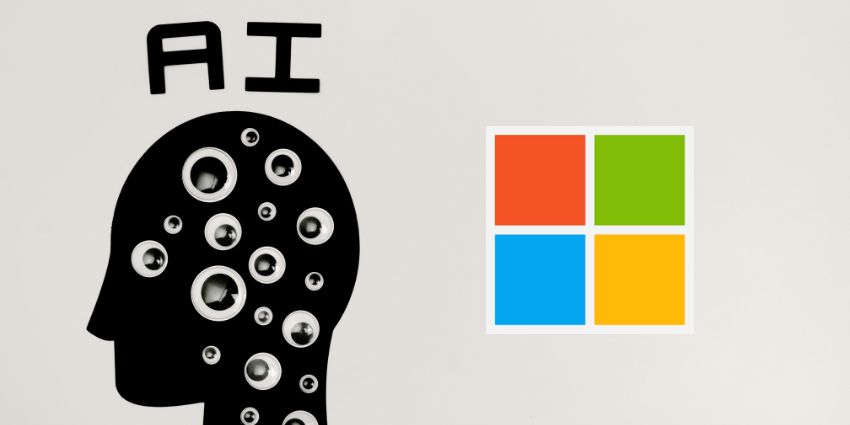By now, everyone’s heard of Slack.
It’s the messenger app that’s found use across the board, from workplaces to school-groups, and is pegged as the smartest and most effective tool, when it comes to fast and hassle-free communication.
In all fairness, Slack is a game-changer. It makes almost all kinds of work connectivity easier, is user-friendly, and integrates well with all popular interfaces. Let’s begin by detailing what makes Slack, such a differentiator.
Just in case you don’t laready know, SLACK is an acronym – Searchable Log of All Communication & Knowedge – it describes what it does perfectly.
Unboxing Slack
Simply put, Slack is a messaging app, that robust and work-focused; created for teams and offices, Slack works with diverse platforms and devices, and carries all the features needed chat one-on-one with your associates, as well as in groups. What’s more, one can also share and upload files, operate in close sync with other apps or services (like Skype, for instance), and there’s the option to granularly control every part of the system.
Slack is largely a free-for-use application, with the ceiling for use at 10,000 last created messages, 5GB file storage, with 10 apps or customised integrations. If you’re looking for use beyond that, there are three pricing brackets: Free (which we just explained), Standard (which comes in at $6.67 a month), and a Plus version (billed at $12.50 a month). There’s also a fourth tier, called Enterprise, which is for more wider usage.
https://www.youtube.com/watch?v=9RJZMSsH7-g
Let’s now glance through Slack’s key features.
Inside Slack’s rich roster of capabilities
- Channels – Just underneath the Slack Team title, and one’s username, there’s a section called ‘Channels’, at the sidebar. This is simply, a chat room, ready for personalisation, based on your needs – from a project to a topic, and from team to a specific theme. These can be made public or private, as well
- Notifications – The bell symbol on the top right of the sidebar, helps to adjust notification preferences. They can be snoozed, a Do Not Disturb scheduling can be arranged, with lots more other settings
- Direct messages – Right below Channels, there’s the option for Direct Messages, with the names of all those who belong to your Slack team. Click on any of these names, and one can send a private, one-on-one message
- Inviting people – If you’re an administrator, you’ll have the option of inviting other people to become part of your team. This button is right below Direct Messages. On clicking it, you’ll find three choices (Full members, restricted accounts, and single-channel guests. The first offers full access to all data, while the second allows only partial access to team directories, and the third limits a user to files and messages available on a single channel
- Search – This is one of Slack’s key functions, ensuring all material is searchable. On clicking a search box, Slack will offer modifiers to narrow down results, and share related channels, searching history, and team members
- Mentions and reactions – During the course of a conversation, one can type in a person’s name (@username) and notify them of any pending work or action to be taken
- Team Directory – Slack’s Team Directory offers an easy overview of all the names on your team, and their contact details
- Sharing and uploading files – There are loads of easy ways to upload any file of your choice from your device, by dragging and dropping the file into the Slack window, copy-pasting images into the message box, or by clicking on the + button right next to the message box, and uploading the file. One can also share files from Dropbox, Google Drive, or Box in Slack, by just pasting the link to the file onto the message box
- Setting reminders – One can also use Slack for reminders, keeping you abreast of all that needs to be done, and any upcoming tasks or assignments
Can Slack work with other apps?
This is an emphatic ‘Yes’. Slack works with a host of other apps, such as Google Calendar, GitHub, IFTTT, Mailchimp, New Relic, and many more. As a result, information from other platforms can be pulled into Slack at any time, during a conversation.
What is a Slackbot?
The Slackbot is Slack’s built-in robot; it can maintain notes, manage private files, along with other functions.
Why Slack makes sense for any business
Slack’s biggest benefit is its ability to bring together all communication across teams and locations or devices, into one, singular space, making the exchange of ideas, more transparent, unified, and accessible. It is envisioned for a user to rapidly move from asynchronous to synchronous communication models.
Further, its expansive customisation, centralised messaging archives, and over-arching usability, makes onboarding simpler, reducing timelines, streamlining communication channels, ensuring browsing is flexible, and sharing is quick and easy.
It also blends in with almost any software environment, working easily with MailChimp, GitHub, Google Drive, Dropbox, Zendesk, and most social networks.
Once you’ve moved to Slack, there’s greater understanding between teams, removing any confusion or mismanagement of data, or instructions. All communication is public, by default, and so everyone knows what’s happening: Marketing knows how sales is going ahead, engineers are glancing through what designers are doing, and tech-support teams are aware of the challenges that contact center teams are managing.
Importantly, with Slack, you can pick up how a company really talks – how do managers speak with each other, what is common office lingo, and finally, what really constitutes the fabric of an organisation’s culture.
In closing, there’s one last thing to say about Slack. Above all of these interesting features and benefits, Slack makes everyday office conversation, complex discussions, and critical material sharing, easier, faster, and a whole lot more fun. For young, millennial employees, this is a vital cog in strengthening employee engagement and morale.
If you’re still not convinced about Slack’s potential for genuine impact, here’s a list of other messaging apps one can take a look at: Microsoft Teams, Redbooth, Chatgrape, Amazon Chime, and Flowdock, among others.
Slack Team Collaboration Review
Do you use Slack? What do you think of it? Let us know in the comments below.







